General Miaja is worried. Though the heavy bombardment by German planes has stopped, Franco’s troops are on his doorstep. Banners floating above the battered city streets defiantly declare “No Pasarán!”. But right now, at the beginning of 1937, the head of Madrid’s Defence Council admits to himself that they might just get through. If he climbs up the Telefonica building, he can see the enemy troops milling about Casa de Campo, poised to take out key targets within the city. Targets like his own barracks at number 3 Calle de Alcalá.
What if a missile were to kill key members of the Republican government, or destroy his own headquarters? What then? The answer, Miaja decides, is to be prepared. The first step is to move his barracks up north out of range. He chooses a lovely spot; a palace that sits in the centre of the tranquil Parque de El Capricho. The second step? To secretly order the construction of a bunker beside his new barracks. A huge 2,000 metre space that miraculously, is built in three short months between May and July 1937.
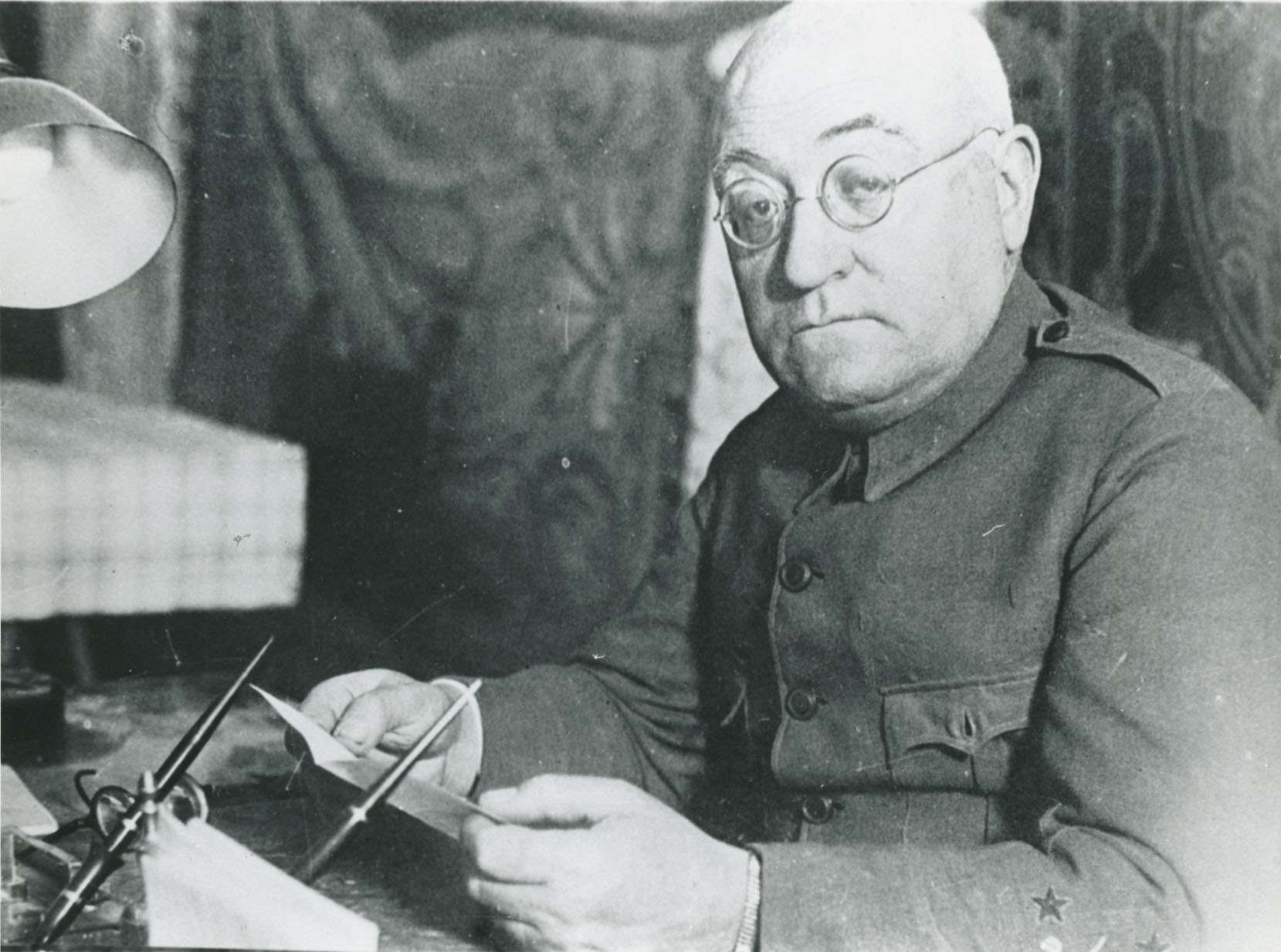
Going Underground
“These doors are airtight. Made by submarine engineers,” our guide explains as she pulls a huge lever to open up a metal door.
The door is flush against the wall at the bottom of a long staircase 15 feet underground. I’m hugging myself tight, but the goosebumps rising on my skin are not down to the chilling thought of gas attacks, nor to the guide’s warning about the bunker’s healthy population of spiders. It’s because while Madrid sizzles above ground, the temperature here is a constant 15 degrees.
I’m extremely lucky to be here. Demand for this tour is so high that the few slots available went within seconds of being released online. This year’s tour is already filled up, so if you’re interested, bear in mind that you’ll have to wait until 2020 for another chance! Alternatively, you can just read on and get your kicks second hand!
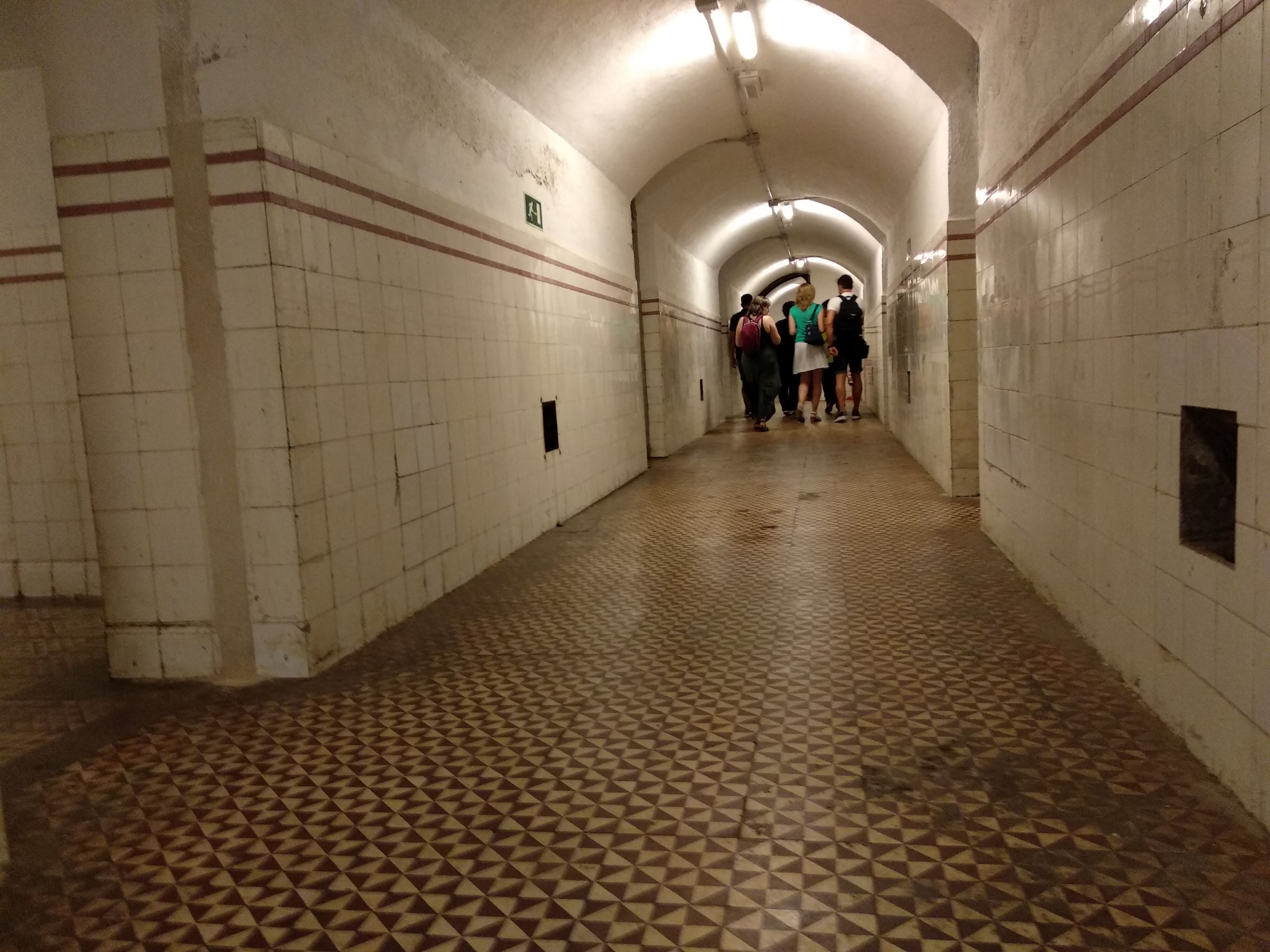
The door to the bunker opens out into a long corridor that runs at a right angle to the staircase. This is a precaution against bomb blasts. The full force of a shock wave would travel back up the stairs opposite instead of blasting the door itself. In total there are four staircases leading into the bunker. If one of them gets destroyed you still have three other escape routes. Most open out into the park, while one leads onto the street via the reassuringly-named “panic door”.
To keep the space ventilated there are numerous air shafts. These square holes lead to vents that open up in the park above ground. In Miaja’s time the shafts were connected to a pump that kept fresh air circulating. Running off a gas engine, the bunker’s generator could keep the pumps going and the lights on for a population of 200 for an impressive three months. However, there was only about 20 of us down there when I visited and it already felt a little cramped.
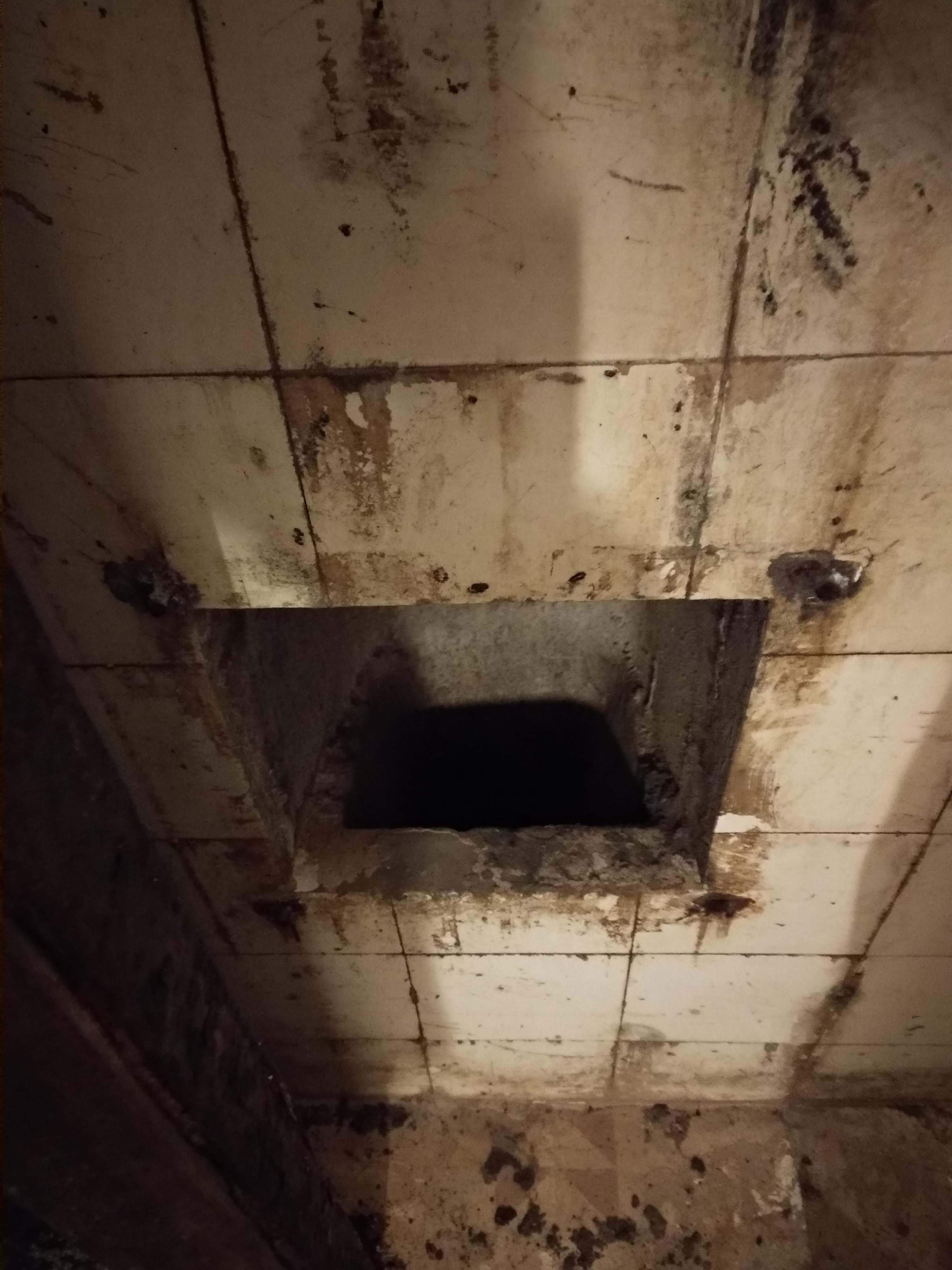
Creepy Crawlies
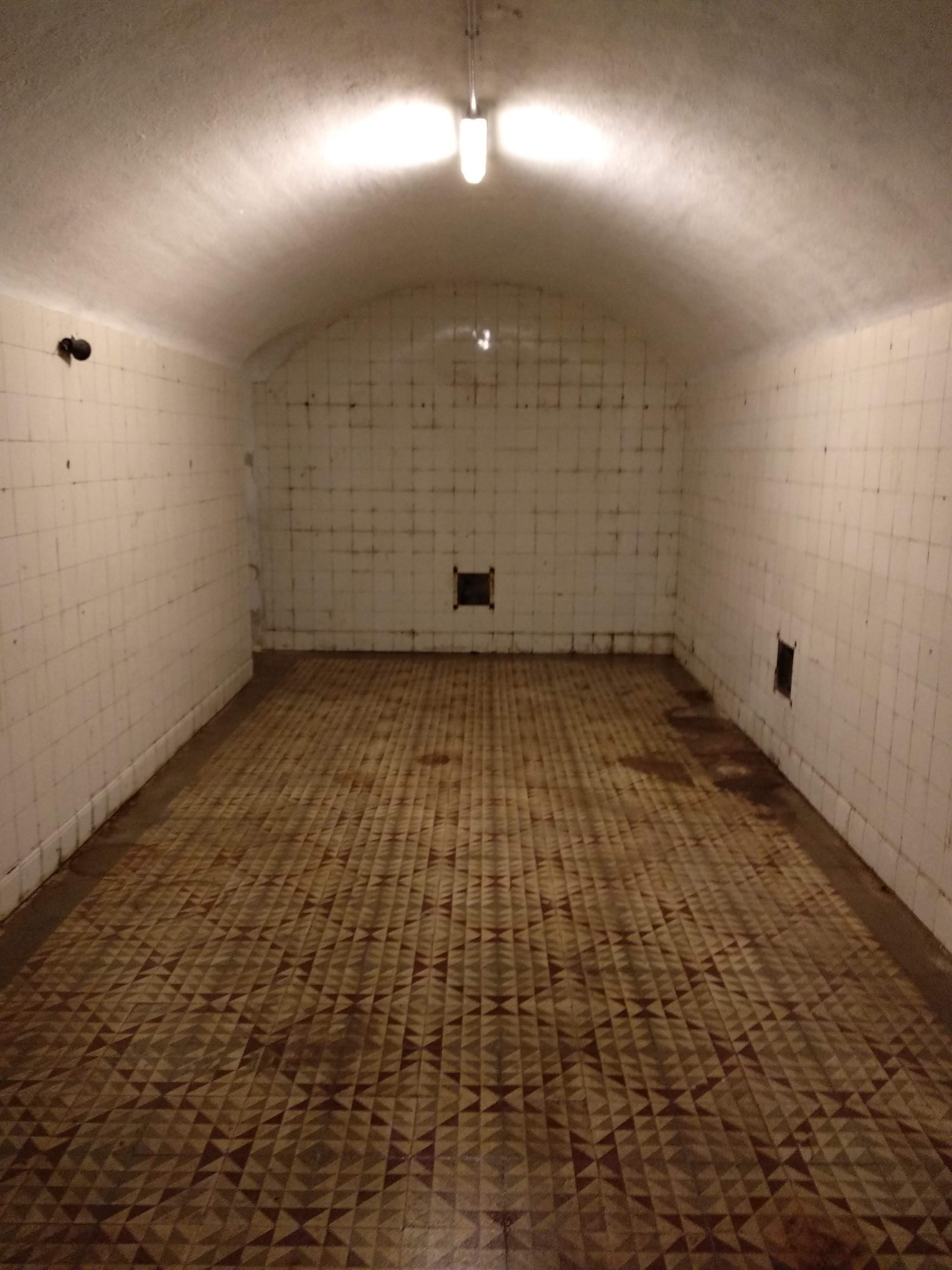
My sense of claustrofobia could have been down to the rather creepy ambiance. The plain white space with its curved ceilings and tiled floors has a look that falls somewhere between the Black Lodge and the Overlook Hotel and I’m not at all surprised to hear that the gloriously trashy “Count Dracula’s Great Love” was filmed here in 1974.
If you take a peek at the video, you might not recognise the bunker because the walls were painted black especially for the movie. Most of the paint has now been removed, but the kitchen at the end of the corridor has been left as it was when Dracula stalked these halls.
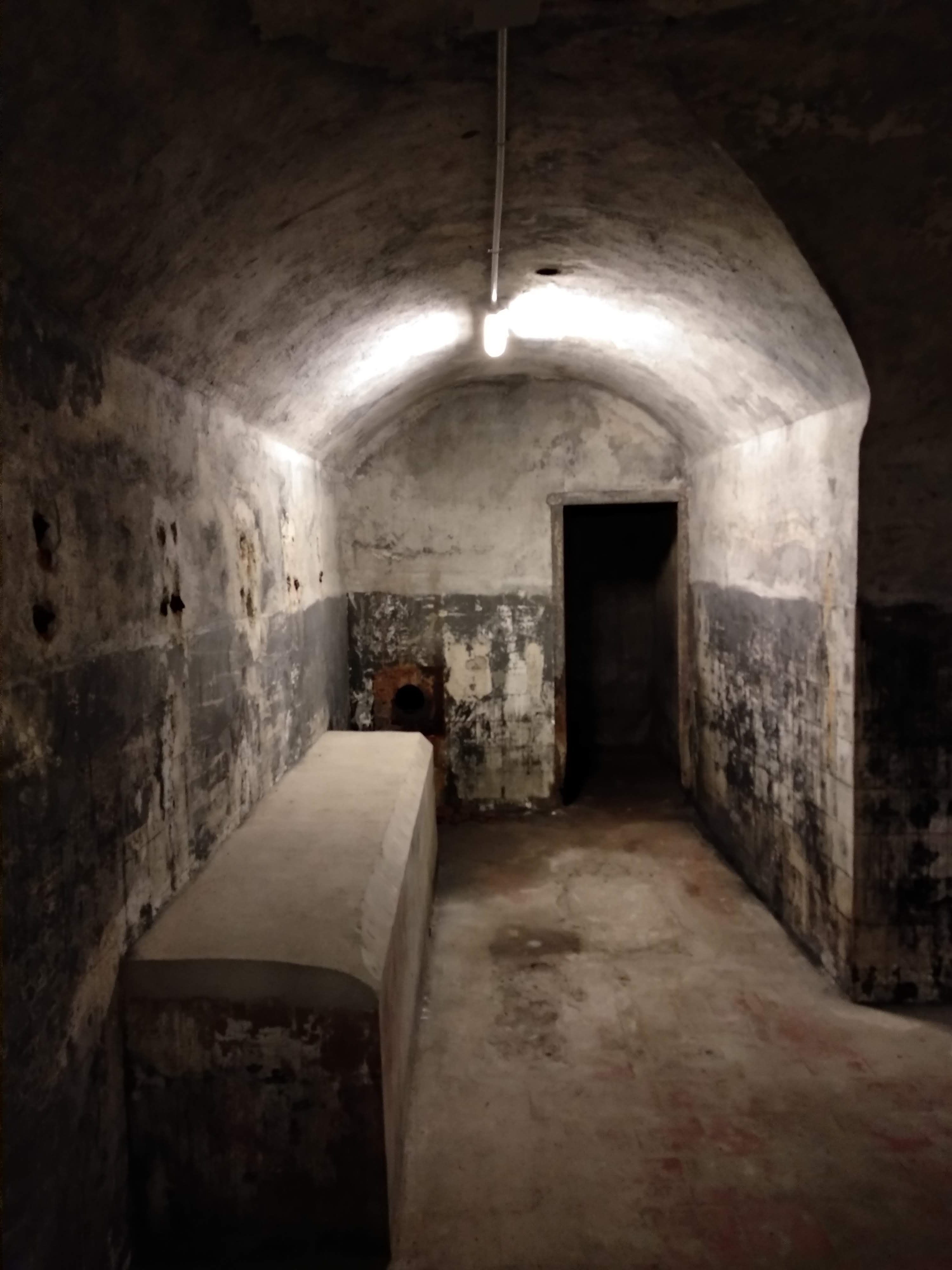
Which brings me to the layout. The kitchen lies at the far end of a long corridor that has numerous other rooms located either side of it. The first rooms on the left used to be shower blocks designed to decontaminate victims of a chemical weapons attack. The second on the right is thought to have been an infirmary. However, the purpose of the other rooms for now remains a mystery as Miaja left no written record concerning the construction of these bunkers.
Inspiration to Hitler and Churchill
Designed to protect important members of the Republican government as well as the military, the bunker was a top secret project. A precursor to Churchill’s War Rooms and Hitler’s Führerbunker. In the end, Miaja’s bunker was never used for its original purpose. The siege of Madrid ended with infighting during which time members of the general public had to flee to the bunker for protection. This, of course, was the prelude to a disorganised surrender of the Republican forces and the beginning of one of Spain’s darkest eras.
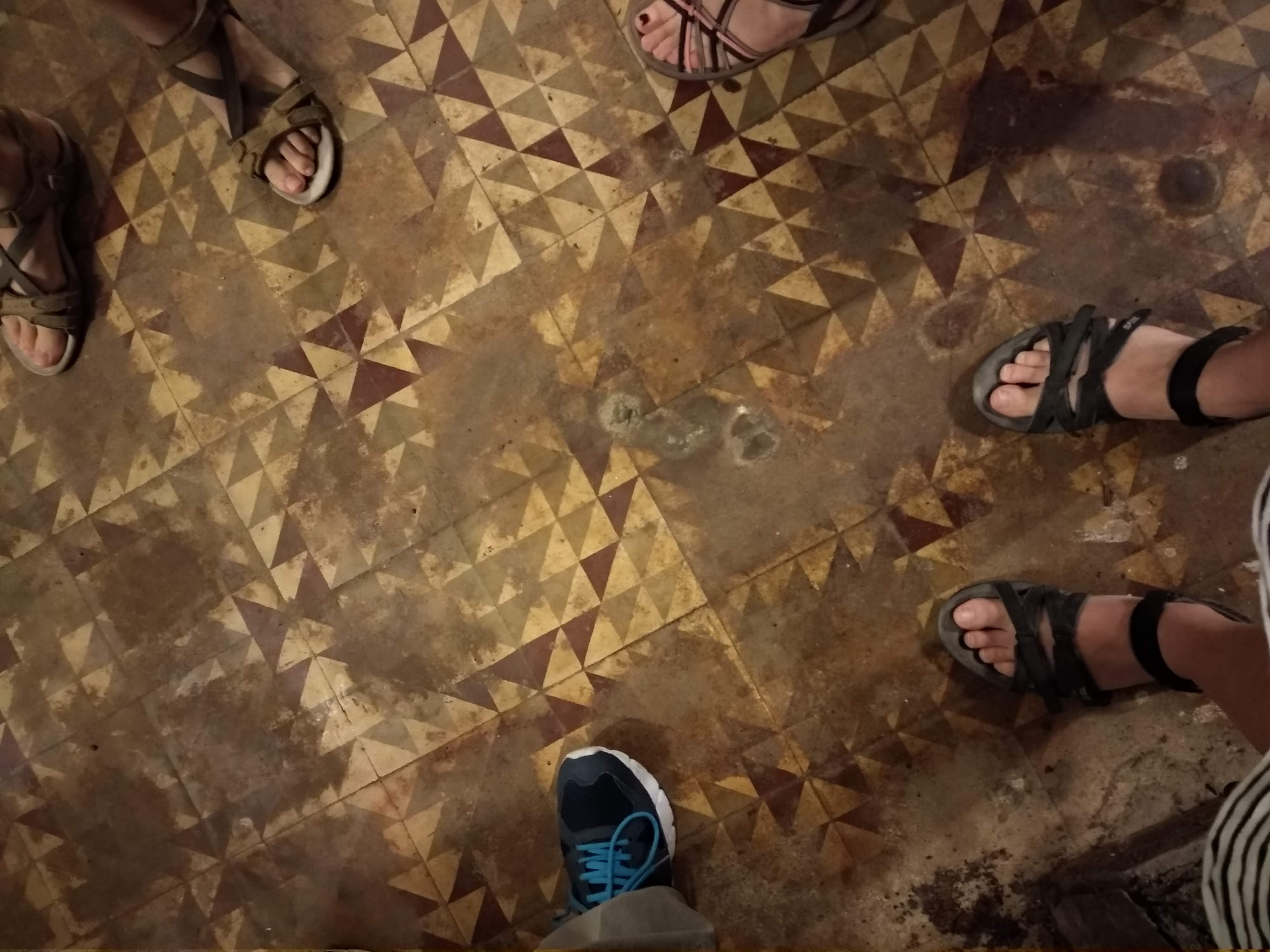
Left to Rot
Once Franco took control, the bunker lay forgotten, filling up with water and spiders before attracting B-movie directors in the sixties. The place was eventually restored to its former glory in 2012 and is now open to the public. However, demand far outstrips supply. As I mentioned earlier, all places for 2019 have been filled, so you’ll need to watch this space for details of how to reserve for 2020.
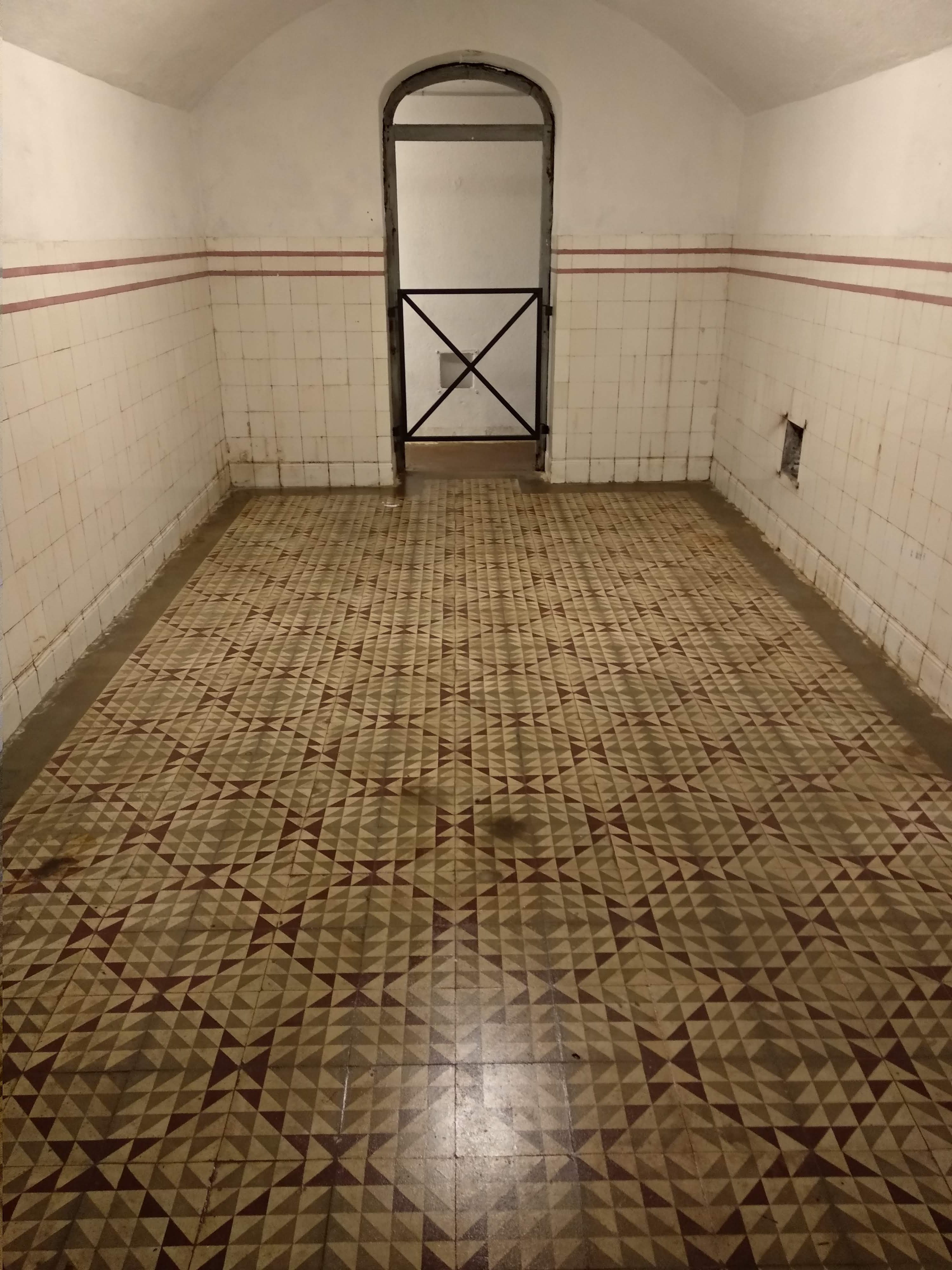
If you enjoyed this post and would like to find out more about the history of Madrid, why not book yourself in for a unique walking tour of the city?

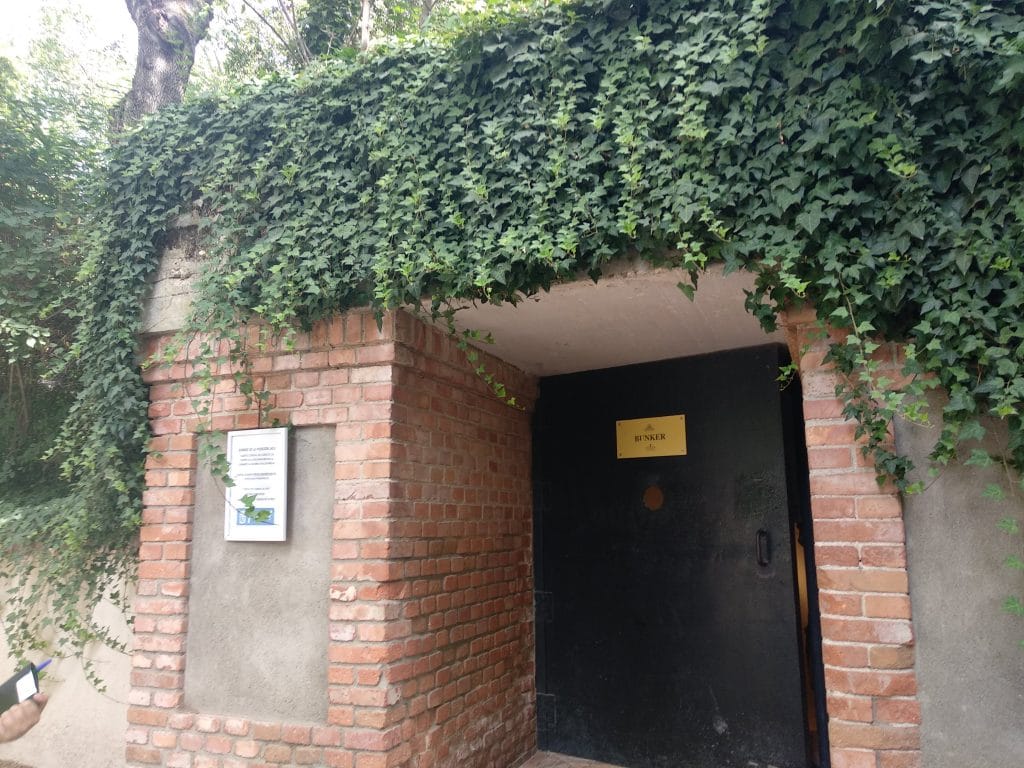

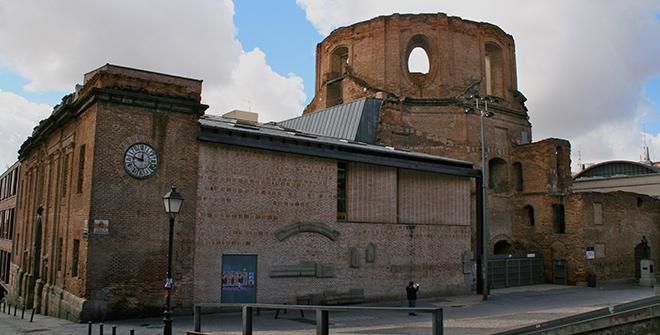
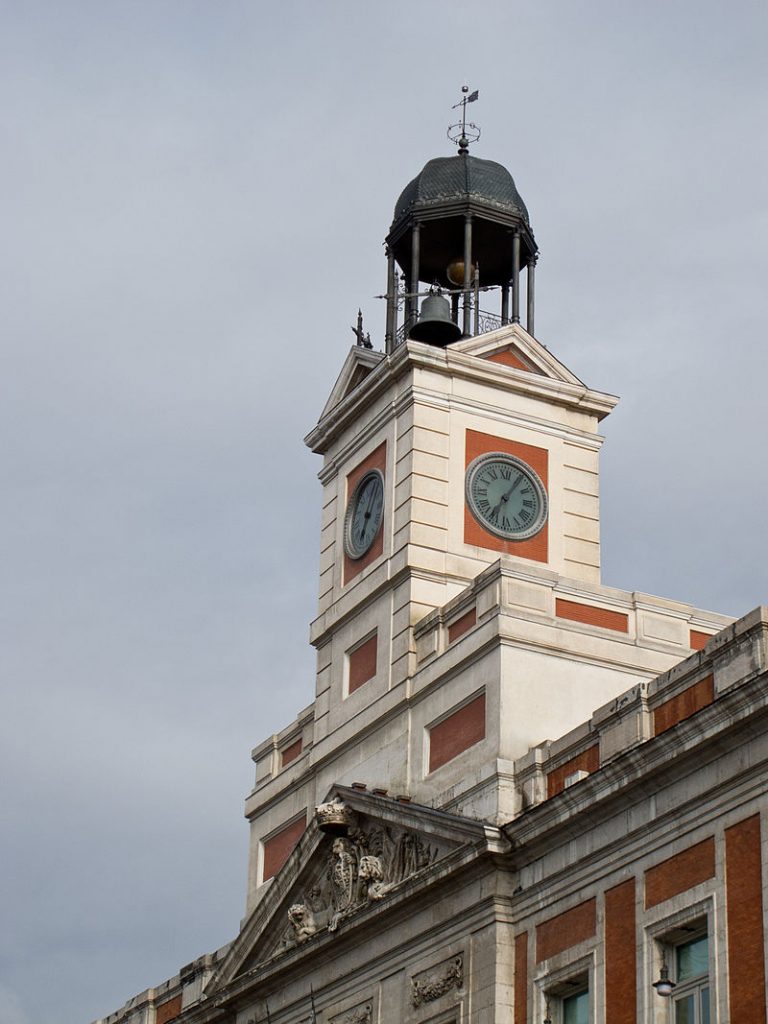
Great article, Felicity. The Dracula movie looks absolutely sweet and wonderful! How did I ever miss it?